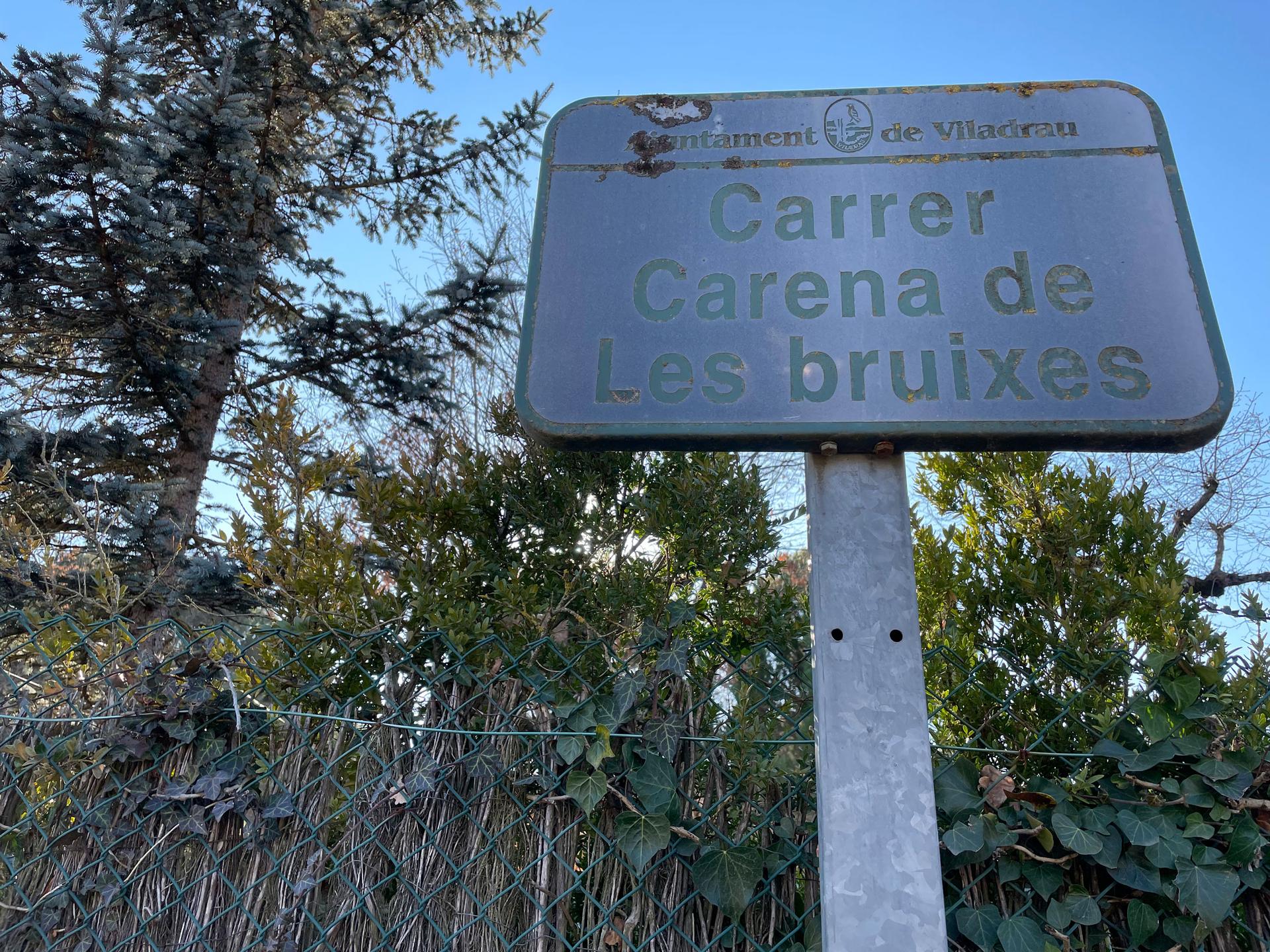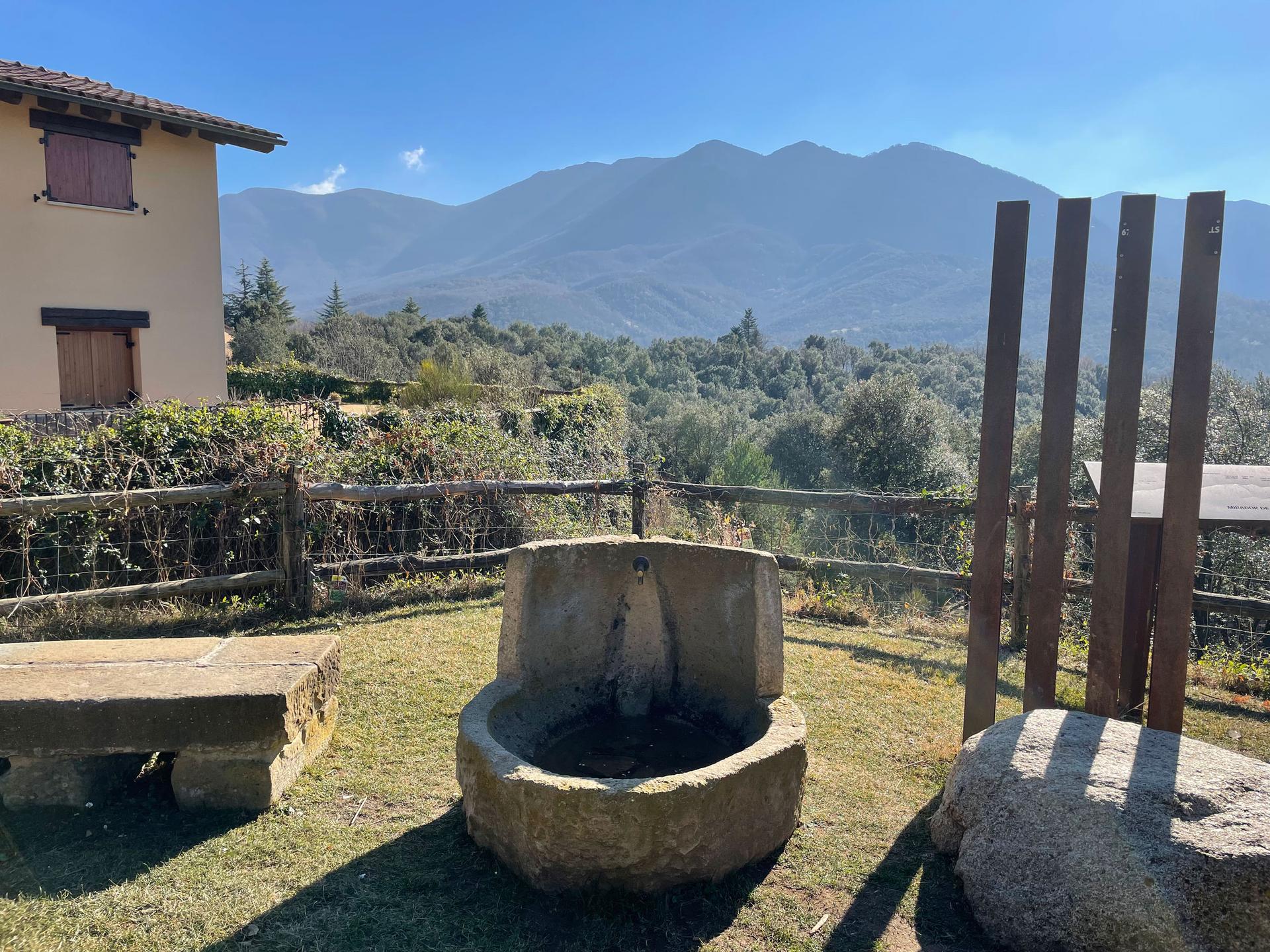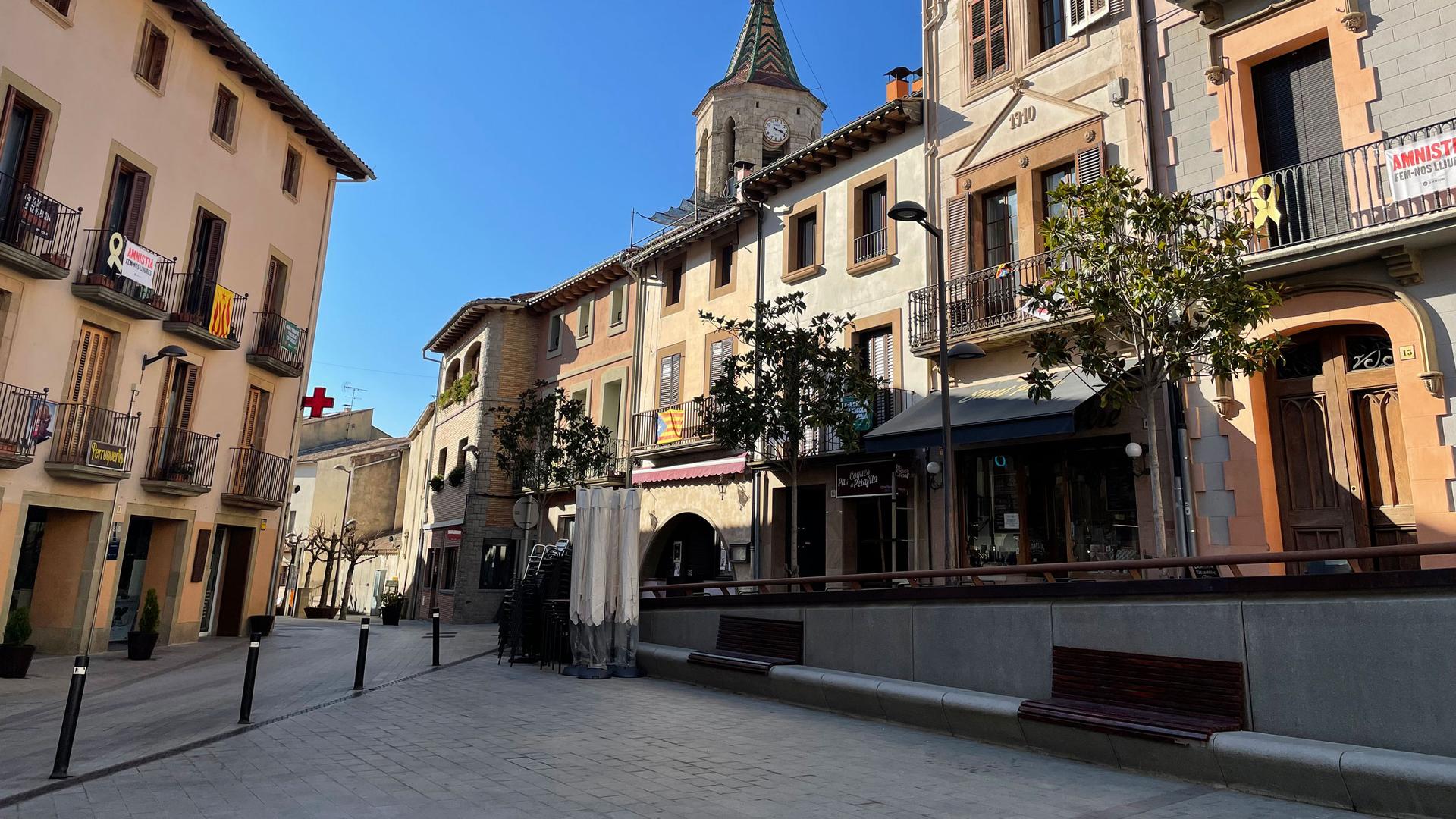About 400 hundred years ago, in the small Catalan village of Viladrau, 14 women were accused of witchcraft, tortured and hanged. At the time — between 1618 and 1622 — there were fewer than 100 residents.
“We’ve gone down in history for being the town with the biggest witch hunt in Catalonia. … But they weren’t witches — they were marginalized women like widows, immigrants and herbalists.”
“We’ve gone down in history for being the town with the biggest witch hunt in Catalonia,” said Noemí Bastias, the town’s mayor. “But they weren’t witches — they were marginalized women like widows, immigrants and herbalists.”
Last month, the regional Catalan government in northeast Spain passed a resolution to pardon up to 1,000 people executed for witchcraft in Catalonia 400 years ago.
Related: Feminist tango collectives take center stage in Argentina

Countries such as Scotland and Germany are also offering witchcraft pardons. An estimated 50,000 people were killed between the 15th and 18th centuries when a witch-hunting craze swept over Europe. About 80% of victims were women — but men and children were also executed.
Until recently, witch trials in Spain had been largely unknown. But an investigation by the local history magazine Sàpiens unearthed these stories and stirred interest.
“We’re talking about thousands of witch trials,” said Clàudia Pujol, the magazine’s director. “We want to shed light on this violent and misogynist part of history.”
And it won’t be long until other Catalan towns follow suit.
Related: Montréal Massacre anniversary: The media must play a key role in fighting femicide
Pujol said most cases in Spain were in towns along the Pyrenees mountains, in the regions of Catalonia, Aragon and Navarra. They were geographically far from centralized Castilian courts of the Spanish Inquisition, who persecuted Jewish and Muslim communities at the time.
“Witch hunts in Catalonia were spearheaded by local secular courts who were ruthless and didn’t follow any laws,” Pujol said.
This system relied heavily on accusations from neighbors who were desperate for scapegoats whenever bad luck struck the town — like crop failures, sudden diseases or natural disasters.
Related: Afghan women sidelined under new Taliban rule: ‘This country places no value on me as a woman’
“We tend to like the slogan: ‘We’re the daughters of the witches they couldn’t burn.’ … But statistically, we’re more likely the daughters of the neighbors who pointed fingers and who were in favor of the executions.”
“We tend to like the slogan: ‘We’re the daughters of the witches they couldn’t burn,’” Pujol said. “But statistically, we’re more likely the daughters of the neighbors who pointed fingers and who were in favor of the executions.”
Pau Castell, a leading historian on witch hunts in Catalonia, worked with Pujol on the magazine’s investigation. As part of the campaign, Sàpiens published a complete census of all witch trials that took place in Catalonia — an unprecedented accomplishment.
“We can place Catalonia among the regions in Europe with the highest amount of witchcraft trials,” Castell said.
He said the first documented law against witchcraft was passed in the Catalan area of Vall d’Aneu in 1424. His hope is that the magazine’s campaign will bring long overdue attention to Catalonia’s role in witch hunts and help people reflect on what this history can teach us today.
“[We need] to analyze the present and the mechanics in play [sic] in our society regarding violence against women, but also violence against certain groups of individuals, certain communities.”
“[We need] to analyze the present and the mechanics in play [sic] in our society regarding violence against women, but also violence against certain groups of individuals, certain communities,” Castell said.
When we scapegoat marginalized communities, he added, we’re just repeating history.
Related: San Marino votes to legalize abortion, ending a 150-year-old ban

Meanwhile, the stories of women persecuted for witchcraft live on through an annual theater performance in the village of Viladrau called the “Ball of the Witches,” drawing thousands of spectators each year to the small town tucked away in the Montseny mountains, about an hour and a half from Barcelona.
The town also has several streets named after the women who were tried and killed as witches and, in recent years, their stories are now included in the local school’s history curriculum.
